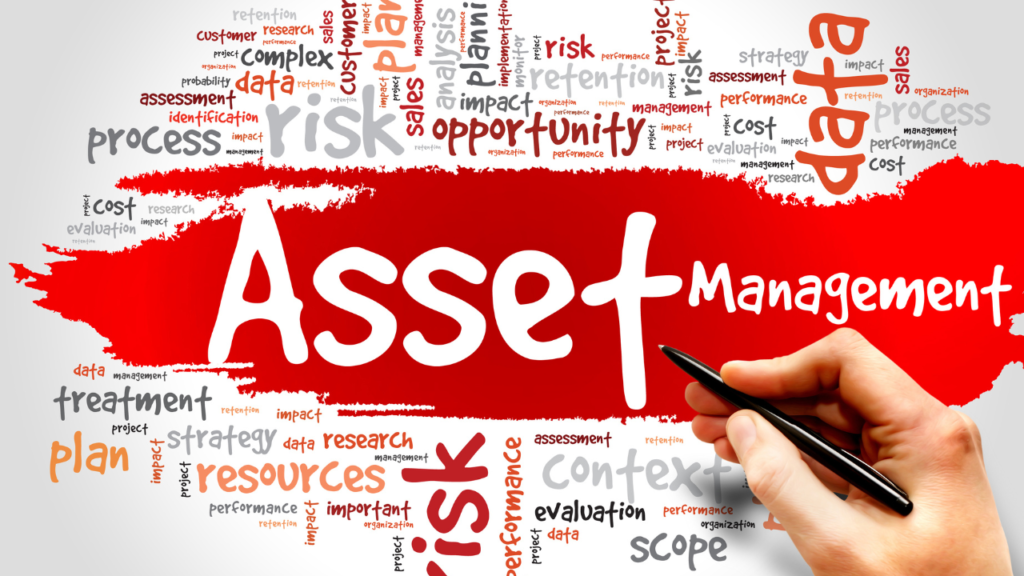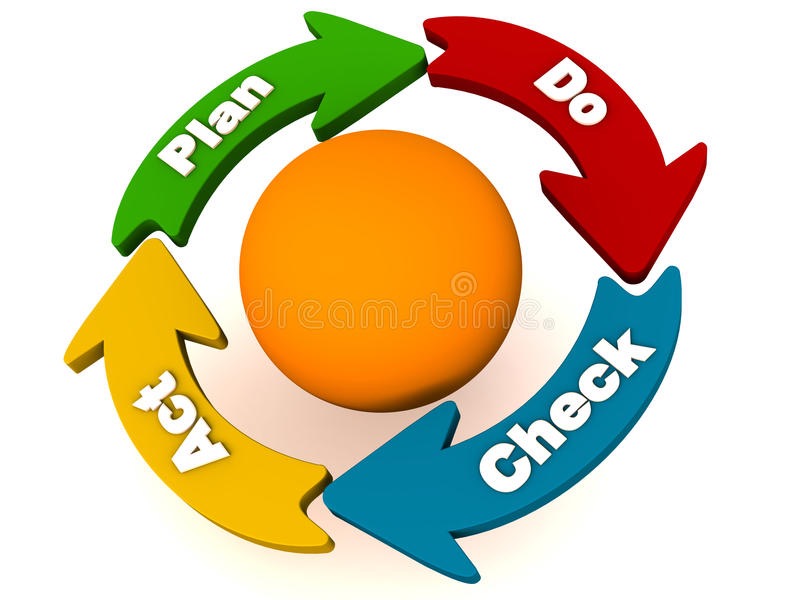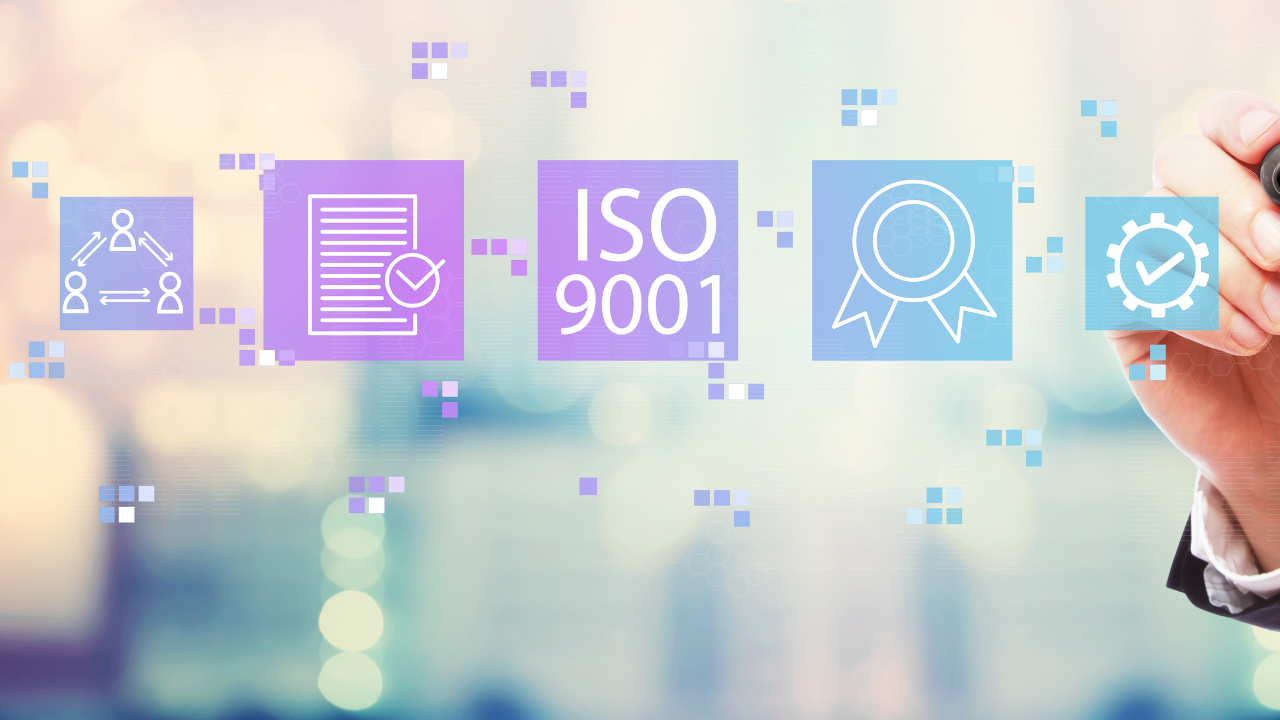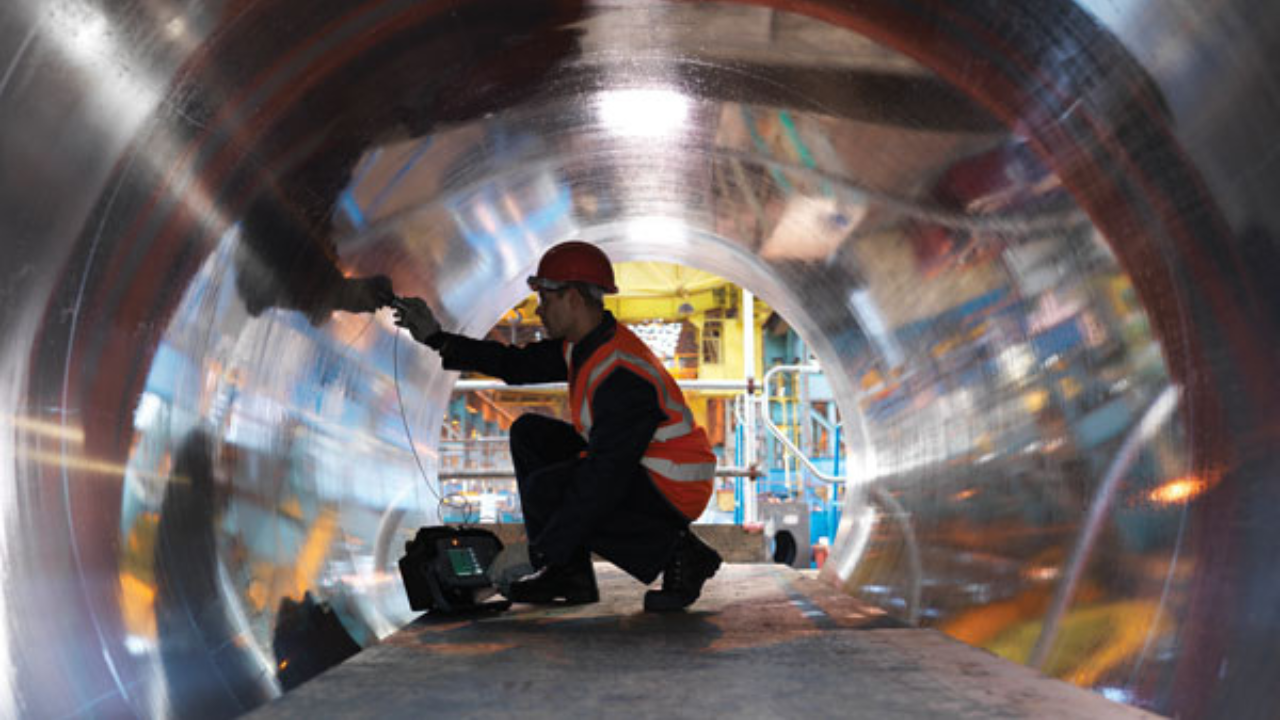What is ISO 55000? – The Explanation You’ve Been Searching For
Greg Mecomber, IDCON INC
Posted 05/16/2023
Chances are if you are searching for information on ISO 55000 you already know what it pertains to – Asset Management Systems. Additionally, if you are curious about ISO 55000 you likely are truly curious about ISO 55001 which lists the actual requirements for the Asset Management System. This is because ISO 55000, 55001 and 55002 are commonly lumped into the ISO 55000 Series. As you also probably know, you can find generic descriptions of these standards and the differences between them on every other ISO 55000 article; This is not that type of article. In contrast, this article will briefly explain the essence of the standard in terms of its requirements and goals.

First let’s clear up a common misconception. Neither a CMMS (Computerized Maintenance Management System) nor an EAM (Enterprise Asset Management software) are Asset Management Systems as defined by the standard. These are specifically and merely tools that are used WITHIN the Asset Management System. Furthermore, an organization is not required to have a CMMS or EAM to be ISO 55000 compliant, but a system such as Maximo certainly makes management much more efficient.
So, What IS an Asset Management System According to the Standard?
An Asset Management System is comprised of policies, strategies, objectives and processes. ISO 55001 and 55002, being the “What” and the “How” of the series, identify and explain the requirements, goals, objectives and success criteria of these strategies and processes. For example, ISO 55001 focuses initially on stakeholder requirements and an organization’s plan to address these requirements while ensuring these plans do not conflict with organizational goals. An entire section of the standard is dedicated to decision making criteria and continued improvement following the PDCA cycle – the documentation and communication of which is key to the entire system.

Another general requirement of the ISO 55000 standards is to know what you need in order to support the Asset Management System, manage assets and address risks related to your assets. Do you have enough people and spares? Are you performing an RCFA when a failure symptom such as Brinelling or fatigue failure occurs? Does your organization assess risks to assets, possibly using a methodology such as Reliability Centered Maintenance? This should lead to a cohesive and adaptable asset management plan intended to address these risks and opportunities.
As with most standards such as ISO 9001, a requirement is to know what constitutes a non-conformance and have a process in place to identify, correct and prevent non-conformances such as audits, management reviews and clearly communicated requirements. Lastly, the standard requires that your organization regularly evaluate the system’s effectiveness and stresses a dedication to continually improving the Asset Management System based on the evaluation findings.
But why would an organization want to follow the ISO 55000 standard? The intent of the ISO 55000 series is to provide a vision of how best to implement, manage and continuously improve your organizations asset management strategy. Meeting the ISO 55000 standard will give confidence to customers and clients and will help improve asset performance and organizational success.

Greg Mecomber
Greg Mecomber is a reliability and maintenance consultant. He has years of maintenance and reliability experience with both “turn-around” and start-up companies as well as experience in varied industries such as brewing, medical devices, glass fabrication, airfield maintenance and food & beverage.
Related Articles

Communications: The CMMS Setup in a Maintenance Partnership

How to Build Your ISO 55001 Asset Management System Quickly and make ISO 55001 Certification Easy

Releasing Asset Value Sustainably - An Analysis of ISO55000x




